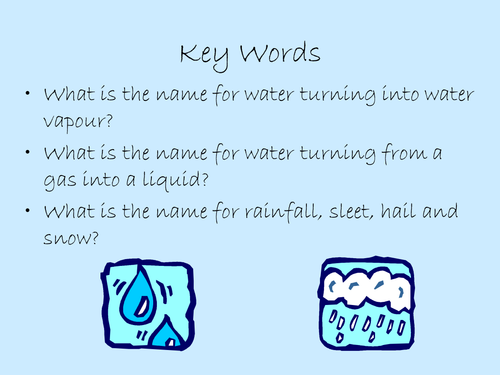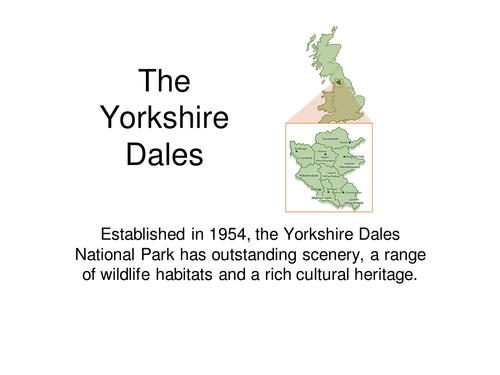46Uploads
247k+Views
135k+Downloads
All resources

Deserts & Plant Adaptations
Pupils will be able to enquire and ask / research a series of questions, using a data capture sheet. Pupils will know what the definition of a desert is and name an example of at least one and know how desert plants are adapted to their environment.\n\nThe resources are differentiated so that higher ability pupils can ask further / higher level questions and the structure of the enquiry sheet can suggest/prompt lower ability pupils for answers. the plenery is a fun idea and it works well with year 8 pupils... surprising how much thet can recall.

The Earth's crust (plate boundaries)
There are a number of different types of plate boundaries. For each plate boundary you will need to be able to describe (i) the movement (ii) processes which occur and (iii) an example
A differentiated set of worksheets for pupils to complete that achieves the above objective.

A Close up on China
A fill in the gaps worksheet activity regarding the economic development of China.
Also useful handouts: A Blank outline map of China and Climatic data for Beijing. Each are useful with Geog.3 lessons on China.

Three types of Rainfall
The objectives of the Powerpoint, animation, video and various worksheets are to identify the three different types of rainfall (frontal, convectional and relief). To investigate and understand the mechanisms behind the different types of rainfall, and to identify and explain the link between areas of high altitude and relief rainfall.

Quality of Life
Learning objectives:
To explore the idea of quality of life
To understand the ways that the international community tries to define quality of life
To compare the lifestyles of people with differing qualities of life.
Powerpoint and accompanying worksheet exploring Quality of Life, development, sustainable communities.

Development Word Mat
A useful word bank for KS3 Development also vocabulary / revision aid for economic and/or sustainable development.

Yorkshire Dales
A useful revision aid to the Yorkshire Dales Limestone (Karst) landscape, features found in the Yorkshire Dales National Park

Glaciers Nature's Bulldozers
A worksheet and complimentary powerpoint introducingstudents to Glaciation and how Ice shapes the land.

Mind Map Template Mount Pinatubo
A blank template to create a mind map about the 1991 Mount Pinatubo volcanic eruption. particularly useful when pupils consider the immediate and longer term effects of the eruption. The template can be used for other volcanic eruptions (Just blank out the central box) Useful for revision purposes and developing geographical skills.

Earthquakes & Avalanches & Volcanoes
Three data capture sheets for research on Volcanoes, Avalanches and Earthquakes, useful for both KS3 and KS4; the worksheets can be used as a writing frame for video notes, Internet research or Library research.

Landforms found at Plate Boundaries
9th - 12th grade Tectonics Powerpoint on the landforms found at plate boundaries.
Why fold mountains and ocean trenches form at destructive plate margins.
The difference between composite volcanoes which are associated with destructive plate margins and shield volcanoes which are associated with constructive plate margins.

Characteristics of the CBD
A 'Fill in the Blanks' worksheet that revises the characteristics of the Central Business District.
Useful for Land Use Zones, Urban Structure, Settlements.

benefits and problems of settlement growth
A clear easy to follow powerpoint with activities included. some slides can be printed off individually and given to pupils as handouts.
Lesson objectives: To know how changes in the growth of settlements benefit some people more than others.
To recognise there are both good (positive) and bad (negative) points of settlement growth.

The Niigata Earthquake
Resources on the 2004 Japanese Earthquake in Niigata for students to identify the causes of an Earthquake. To classify the effects of the earthquake.

The Chilean Earthquake 2015
A PowerPoint, newspaper article, card sort and data capture sheet (Facts, Causes, Effects and Responses) on The Chilean Earthquake of 2015.
Learning Objective: to understand that Hazard resistant design and preparation procedures (& evacuation) are key factors in reducing the effects i.e deaths of high magnitude earthquakes.
Students work towards answering the question: why did only 13 people die in an 8.7 magnitude earthquake? Higher level students can read the newspaper article and classify the statements in to facts, causes, effects, responses, or you could use the card sort.

Earthquake Assessment
A KS3 Assessment task with grade descriptors for pupils producing a report on the primary and secondary effects of an Earthquake of their choice either from an LEDC or MEDC.

The Japanese Earthquake 2011
To research and consider the effects and responses of a recent significant earthquake in Japan 2011.
To become increasingly aware of local events that have wider reaching global impacts and consequences.
To appreciate the catastrophic nature of Tsunamis and their secondary impacts.
The use of ICT in mapping hazards and student research in producing a case study.

Investigating Coasts
A planning matrix of 10 lessons investigating the coastal environment, specifically designed for SEN pupils in KS3.

Earth: A cross section
A worksheet about the 3 layers that make up the Earth (crust, mantle and core) (Year 7)
Useful at the start of a topic on earthquakes and volcanoes and thinking about how the structure of the Earth and the mechanism of plate tectonics links to the global distribution of earthquakes and volcanoes.




















